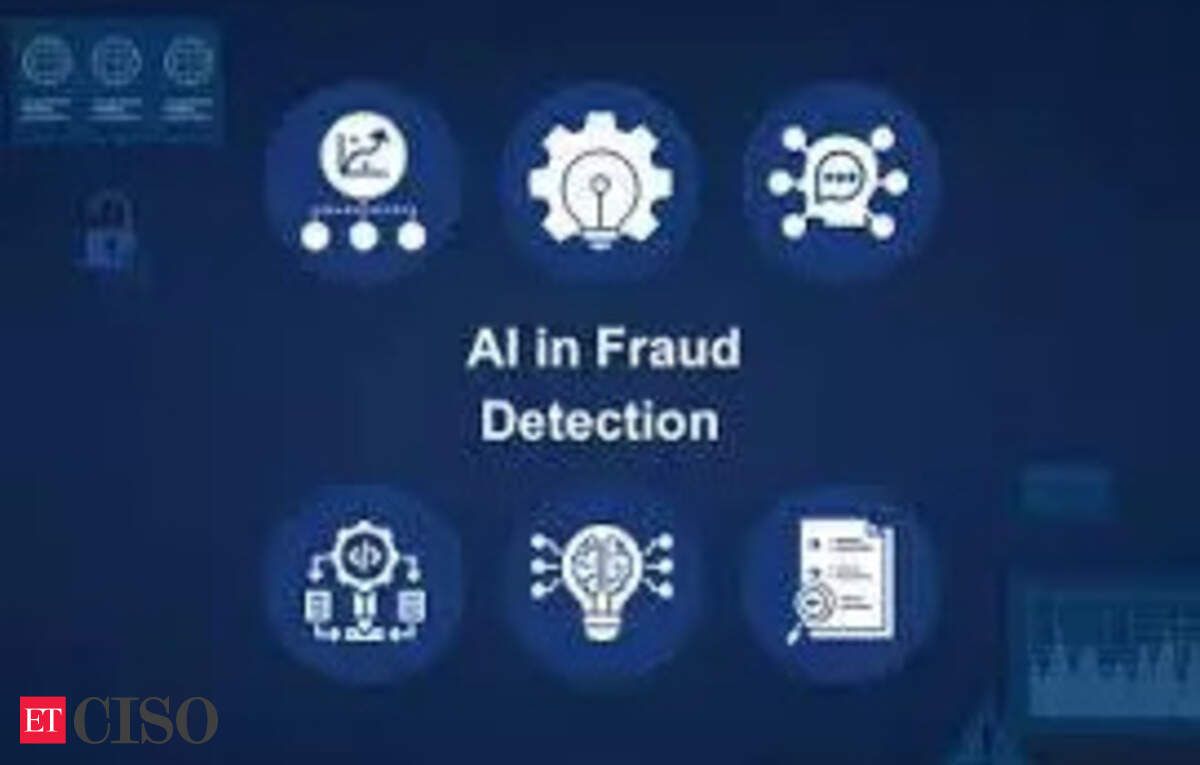The Evolution of Financial Fraud: How Sophisticated Detection Systems Are Changing the Game
Financial fraud is a growing concern, with fraudsters becoming increasingly sophisticated in their methods. Banks and financial institutions have been engaged in an endless battle against these frauds, which have transitioned from physical presence and forged documents to more complex digital schemes executed remotely. This shift has led to a parallel transformation in how we detect and prevent financial fraud.
The alarming statistic about frauds is that for every rupee lost directly to fraud, businesses incur three to four times higher costs in accounting for operational expenses, customer recovery, and even reputational damage. This is precisely why fraud detection and prevention are no longer just a back-office risk department but a boardroom discussion today.
From Static Rules to Behavioral Intelligence
In the early days, digital fraud detection relied on static rules, such as simplistic if-then conditions. For example, if multiple loan applications are made from one IP address, then block that specific address. While this approach did catch obvious fraud attempts, it often risked misidentifying genuine customers as potential fraudsters. The false positive rates of static rules-based fraud tools were high, creating significant customer rejection for relatively minimal security benefits.
This limitation has led to the development of more sophisticated fraud detection systems that focus on behavioral patterns and their subtle correlation, often invisible to human analysts. We’re no longer just looking at what users do, but how they do it. This shift from static rules to behavioral intelligence has transformed how companies approach different types of fraud.
The Evolution of Fraud Detection
Identity fraud, once combated through simple document checks, now involves analyzing hundreds of signals across devices, networks, and behavioral patterns. Transaction fraud detection has evolved from flagging specific amounts to understanding a user’s typical spending rhythm and identifying deviations. Document fraud detection illustrates this evolution perfectly, with modern solutions analyzing metadata, font inconsistencies, and even subtle pixel-level alterations invisible to the human eye.
Connecting Unrelated Signals
Perhaps the most impressive aspect of today’s systems is how they connect seemingly unrelated signals. A fraud attempt might trigger not because of any single suspicious activity, but because of an unusual combination: a new device, accessing an account outside typical hours, with subtle changes in navigation patterns, from an IP address with certain characteristics. No single element confirms fraud, but together they create a compelling risk narrative.
The Future of Fraud Prevention
The companies leading the fraud prevention evolution do not view it as just another security measure but a competitive advantage. By reducing false positives, they approve and process more legitimate transactions while reducing defaults. Higher approval + lower frauds = optimized revenue!
Looking ahead, the most promising development is the integration of intent analysis. Beyond simply detecting anomalies, these systems attempt to distinguish between malicious fraud and innocent mistakes or reasonable behavior changes. "Not all unusual activity is fraud," noted a product leader at a digital banking platform. "People travel, change devices, and adjust habits. The future is about understanding not just what looks unusual, but what looks malicious."
Conclusion
For financial institutions, the lesson is clear: effective fraud prevention no longer follows more rules but smarter analysis. AI ML driven systems will help identify known patterns along with discovering new emerging threats. Prevention today is not just about stopping the bad actors, it is truly about understanding your genuine borrowers. The foundation for best security measures and customer experience is the same — a deep, nuanced understanding of human behavior.
About the Author
The author is Rajat Deshpande, Co-Founder and CEO at FinBox.
Disclaimer
The views expressed are solely of the author and ETCIO does not necessarily subscribe to it. ETCIO shall not be responsible for any damage caused to any person/organization directly or indirectly.
Published On
Apr 22, 2025, at 09:22 AM IST
Join the Community
Join the community of 2M+ industry professionals and subscribe to our newsletter to get the latest insights & analysis.
Download ETCISO App
Get Realtime updates, save your favorite articles, and more. Download the ETCISO App now.
Note: The content has been rewritten to improve clarity and readability while maintaining the original meaning and length. The proper headings and titles have been retained as required.
Source Link





